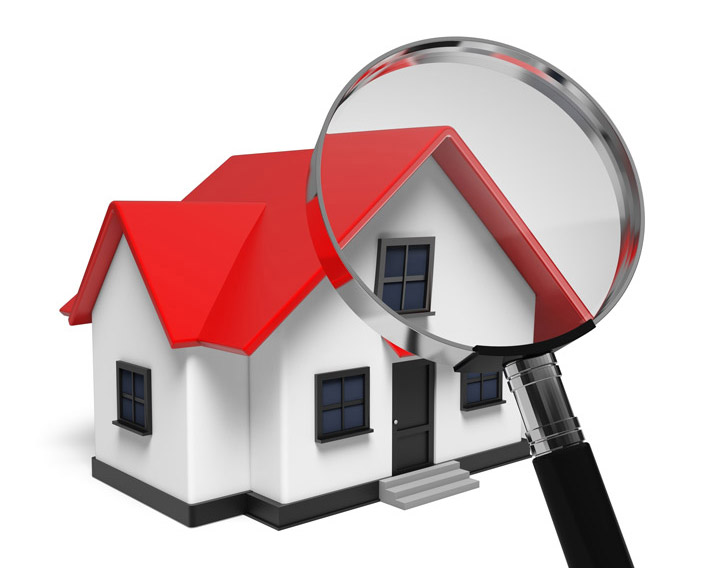
What Are the Components of an Appraisal?A home purchase can be the most serious transaction some people might ever encounter. Whether it's a primary residence, a second vacation property or a rental fixer upper, the purchase of real property is a detailed financial transaction that requires multiple people working in concert to pull it all off. You're probably familiar with the parties having a role in the transaction. The most recognizable entity in the exchange is the real estate agent. Then, the lender provides the financial capital necessary to fund the exchange. The title company ensures that all areas of the exchange are completed and that the title is clear to transfer from the seller to the buyer. So, who makes sure the real estate is worth the amount being paid? This is where the appraiser comes in. We provide an unbiased estimate of what a buyer might expect to pay — or a seller receive — for a property, where both buyer and seller are informed parties. A licensed, certified, professional appraiser from Christina Pearson will ensure, you as an interested party, are informed. The inspection is where an appraisal beginsOur first responsibility at Christina Pearson is to inspect the property to determine its true status. We must see aspects of the property hands on, such as the number of bedrooms and bathrooms, the location, amenities, etc., to ensure they really are there and are in the shape a reasonable buyer would expect them to be. To ensure the stated size of the property is accurate and document the layout of the home, the inspection often requires creating a sketch of the floorplan. Most importantly, the appraiser looks for any obvious amenities - or defects - that would affect the value of the property. Back at the office, an appraiser uses two or three approaches to determining the value of the property: a paired sales analysis, a replacement cost calculation, and an income approach when rental properties are prevalent. 
Cost ApproachThis is where we use information on local building costs, the cost of labor and other elements to ascertain how much it would cost to build a property comparable to the one being appraised. This value commonly sets the maximum on what a property would sell for. The cost approach is also the least used method. 
Sales ComparisonAppraisers can tell you a lot about the subdivisions in which they work. They innately understand the value of certain features to the people of that area. Then, the appraiser researches recent transactions in close proximity to the subject and finds properties which are 'comparable' to the home in question. By assigning a dollar value to certain items such as square footage, extra bathrooms, hardwood floors, fireplaces or view lots (just to name a few), we adjust the comparable properties so that they are more accurately in line with the features of subject.
A valid estimate of what the subject might sell for can only be determined once all differences between the comps and the subject have been evaluated. At Christina Pearson, we are an authority in knowing the value of real estate features in Mebane and Alamance County neighborhoods. The sales comparison approach to value is typically awarded the most consideration when an appraisal is for a home exchange. Valuation Using the Income ApproachA third method of valuing real estate is sometimes used when an area has a reasonable number of rental properties. In this situation, the amount of revenue the property produces is taken into consideration along with income produced by neighboring properties to determine the current value. Arriving at a Value ConclusionExamining the data from all approaches, the appraiser is then ready to document an estimated market value for the property in question. Note: While the appraised value is probably the best indication of what a property is worth, it probably will not be the price at which the property closes. Prices can always be driven up or down by extenuating circumstances like the motivation or urgency of a seller or 'bidding wars'. But the appraised value is often used as a guideline for lenders who don't want to loan a buyer more money than the property is actually worth. At the end of the day, an appraiser from Christina Pearson will guarantee you attain the most accurate property value, so you can make wise real estate decisions. |